Phylum Echinodermata Nervous System
Phylum echinodermata nervous system. Habit and Habitat of Asterias. -have no brain or central nervous system. Containing about 70000 species the Echinoderms are fairly large group of marine life.
Aside from their motor skills and some eye spots they lack most common features of a nervous system. In this article we will discuss about Asterias- 1. Mollusks are a phylum that consists of predominantly marine animals as it takes up 23 of the animals in the water.
The molluscan nervous system consists of a pair of ganglia and nerve cords with statocysts balance organs and eyes as major sense organs. See also what occurs in the light independent reactions. The phylum Echinodermata is the only non-chordate deuterostomian group that has a centralized nervous system CNS represented in these animals by a circumoral nerve ring and usually five radial nerve cords.
Starfish sea urchins sand dollars and sea cucumbers. Some well-known Echinodermata are. The water vascular system present in echinoderms accounts for gaseous exchange circulation of nutrients and waste elimination.
-large coelom functions in both respiration and circulation. Echinoderms are known for their unique five-fold symmetry and their abilities of regeneration of limbs and wounded surfaces. Organs for excretion but instead release their nitrogenous waste in the form of ammonia through their respiratory system.
The Echinodermata adults are easily recognizable because of their five-point radial symmetry. The nervous system of echinoderms has been studied for well over a century. Animals apart of the Echinodermata phylum are usually found between the intertidal zone and.
They use tube feet to slowly trek along the sea floor for prey. Echinodermata Latin for spiny-skinned is a phylum that includes five main species.
Habit and Habitat of Antedon 2.
Nonetheless the information available is disparate with in-depth descriptions for the nervous component of some groups or of particular organs while scant data is available for others. In this article we will discuss about Antedon- 1. Biological organisms are classified by an eight-level system known as taxonomy in which lifeforms are categorized by their degree of relatedness. These parallel the ambulacral system with a ring around the mouth and one branch under each radial canal with subsequent branches. They dont have a brain heart or eyes but they do have a. Containing about 70000 species the Echinoderms are fairly large group of marine life. There is some variation to this structure among classes but the general idea is no central processing despite much independence in the arm. -large coelom functions in both respiration and circulation. Animals apart of the Echinodermata phylum are usually found between the intertidal zone and.
They use tube feet to slowly trek along the sea floor for prey. On this site we will look at 9 different Phyla and describe the types of nervous systems they each possess and compare and contrast the traits within each Phyla to see how similar Taxonomic ranks can be on this level. -have no brain or central nervous system. The water vascular system present in echinoderms accounts for gaseous exchange circulation of nutrients and waste elimination. Nervous system consists of two nerve nets one mostly sensory just below epidermis one mostly motor deeper. Echinodermata Latin for spiny-skinned is a phylum that includes five main species. Aside from their motor skills and some eye spots they lack most common features of a nervous system.




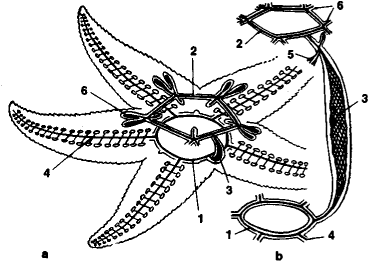
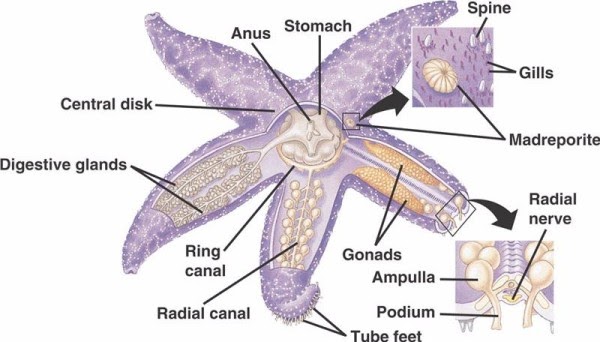
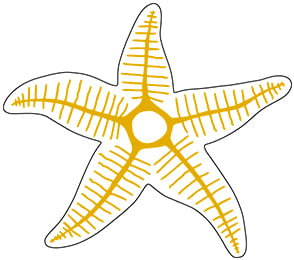



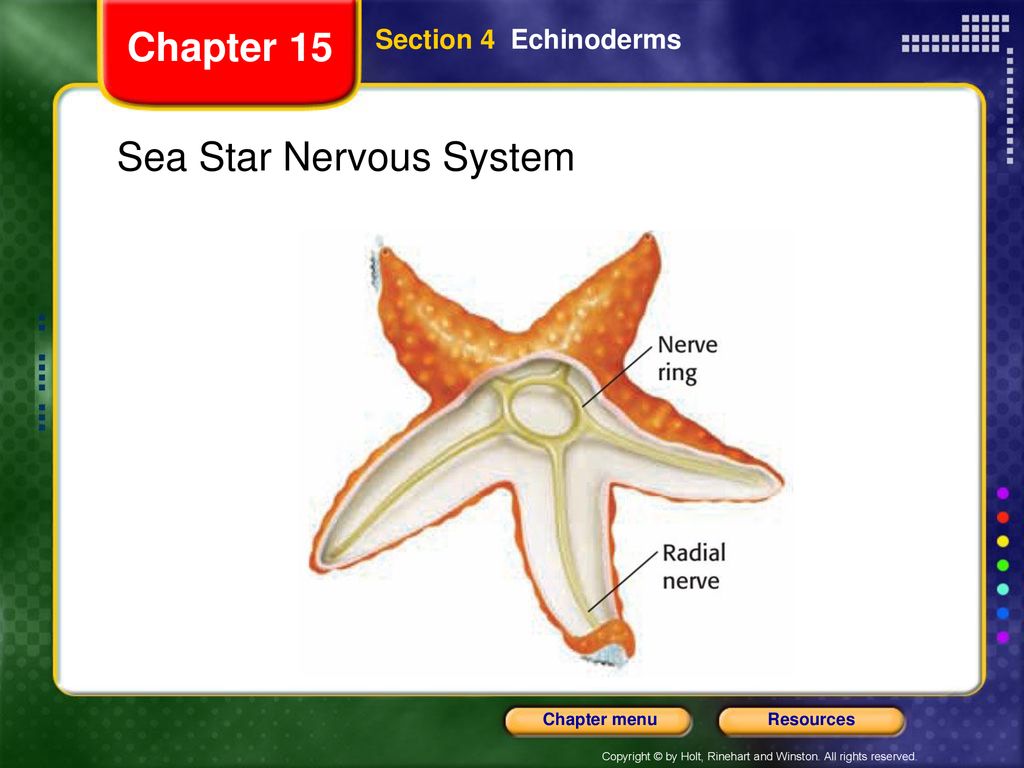

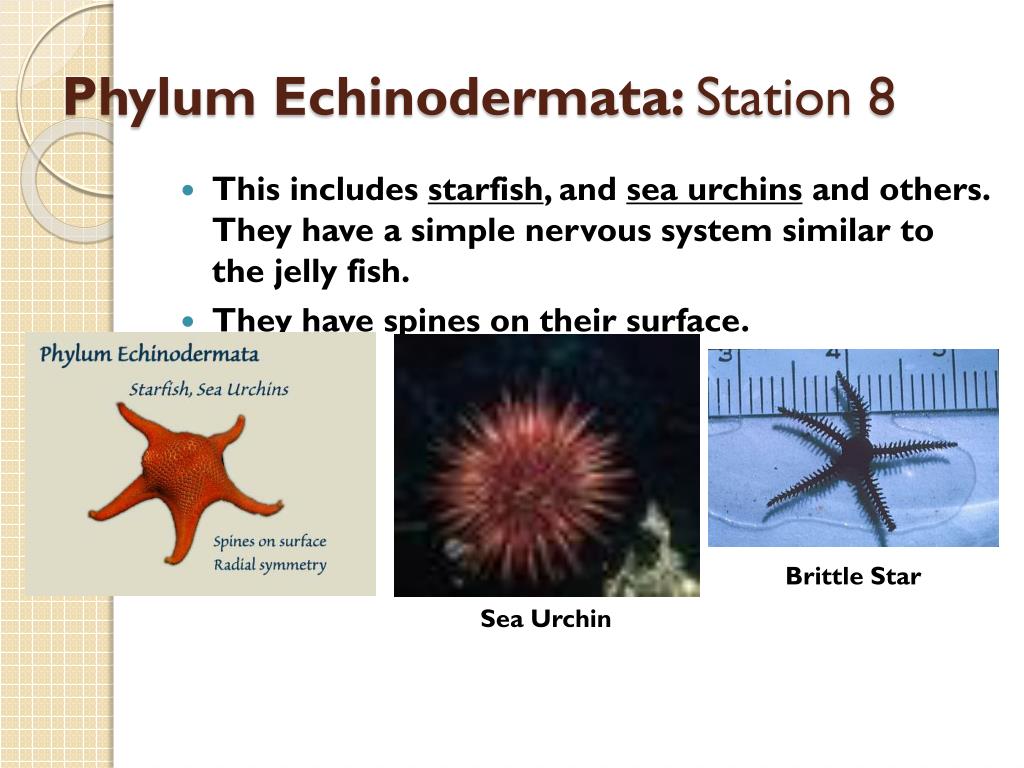
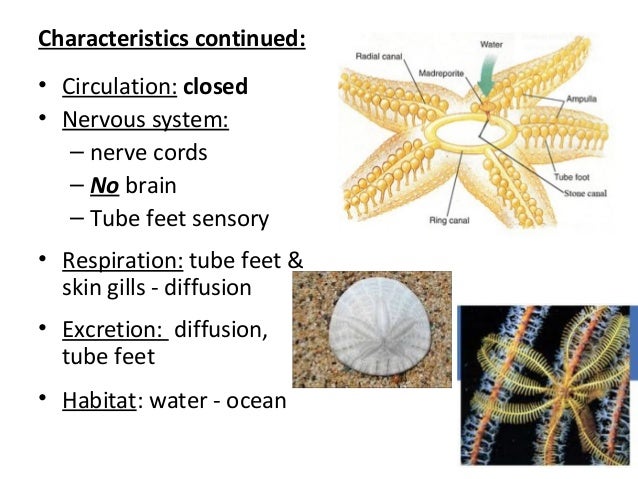


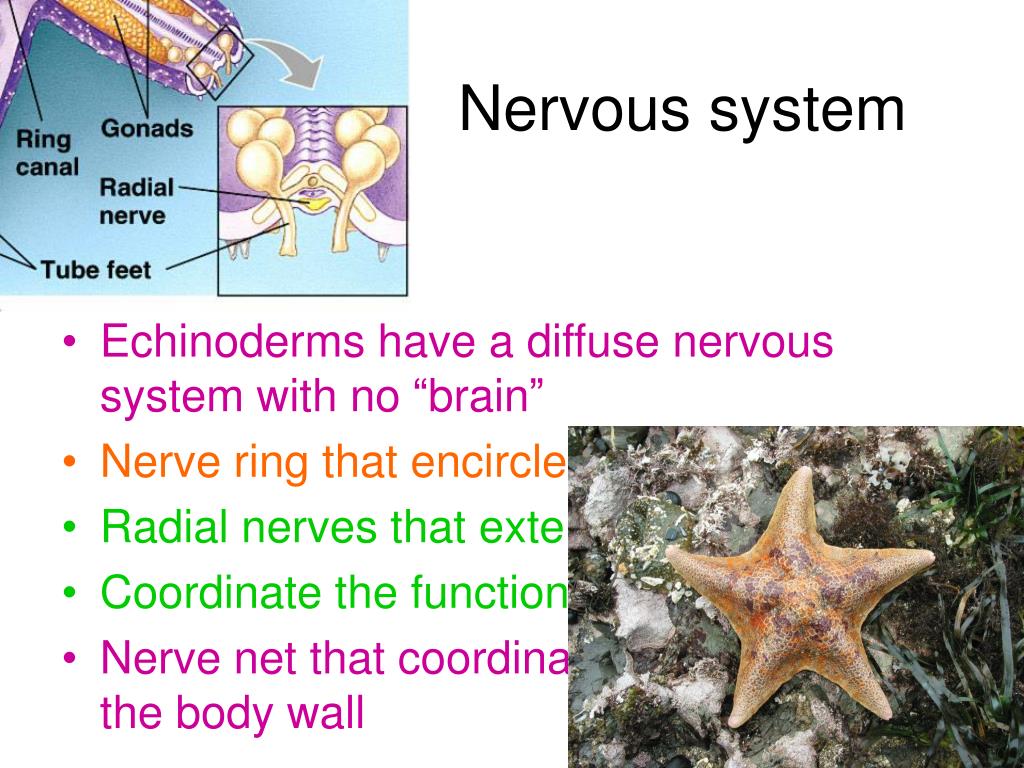



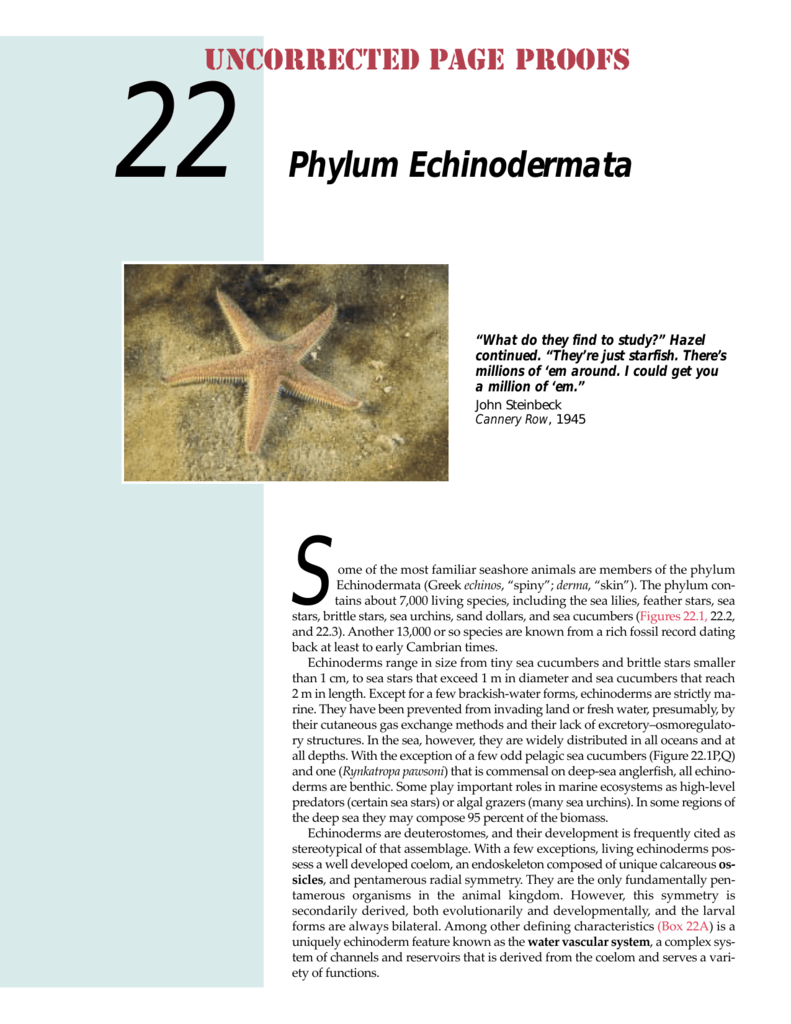



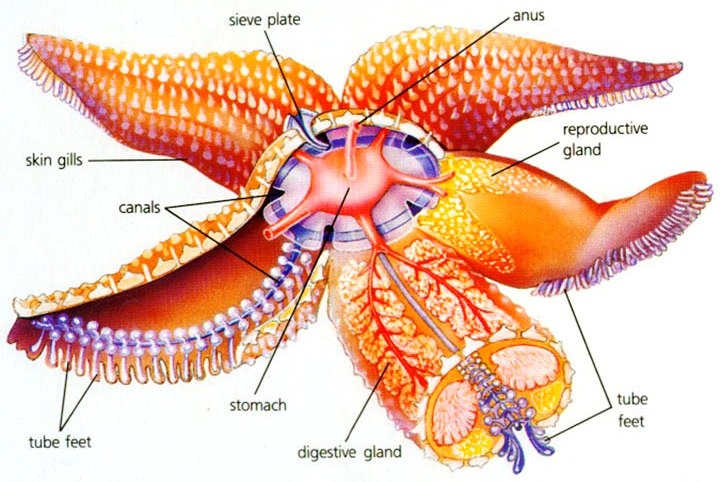

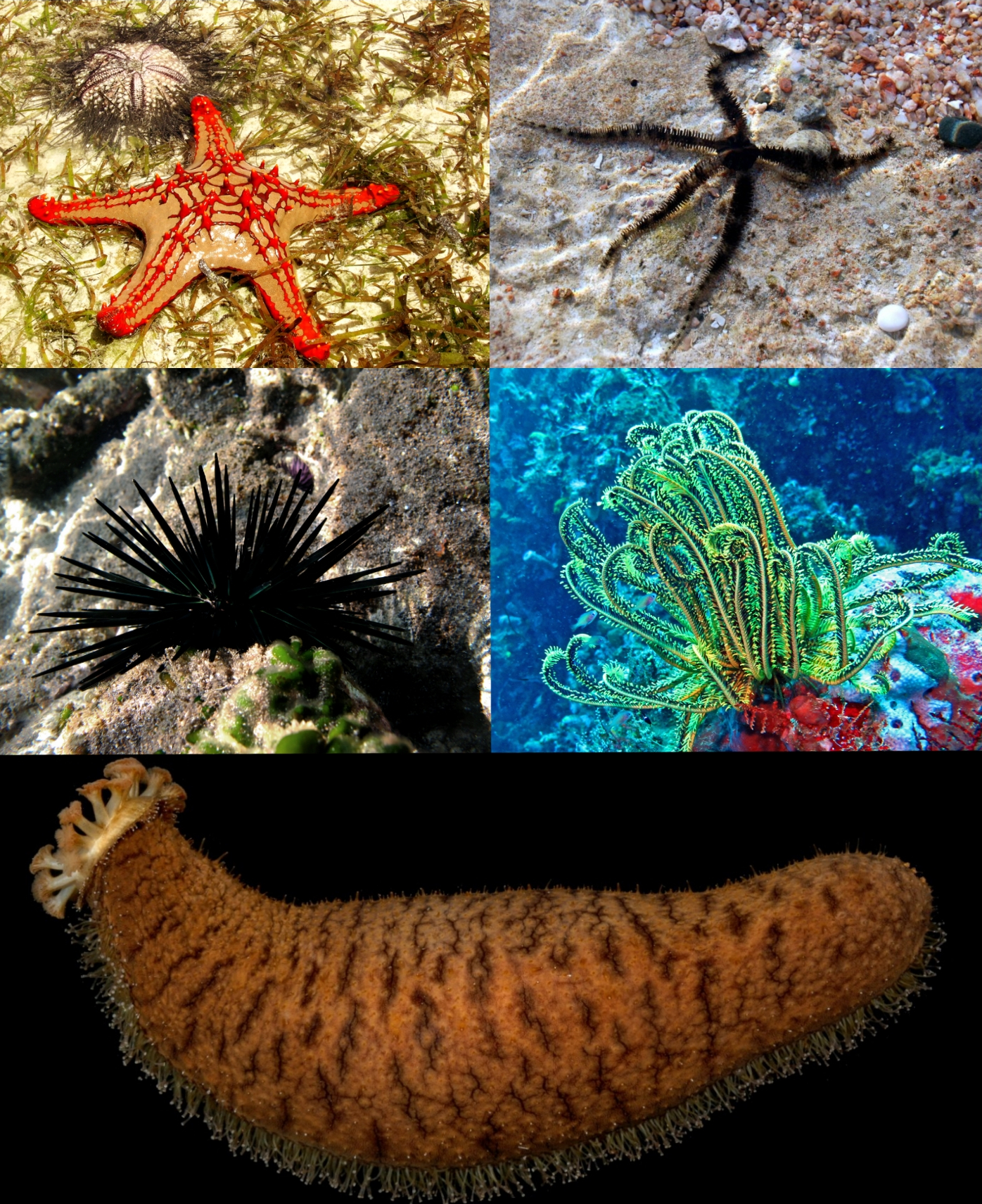

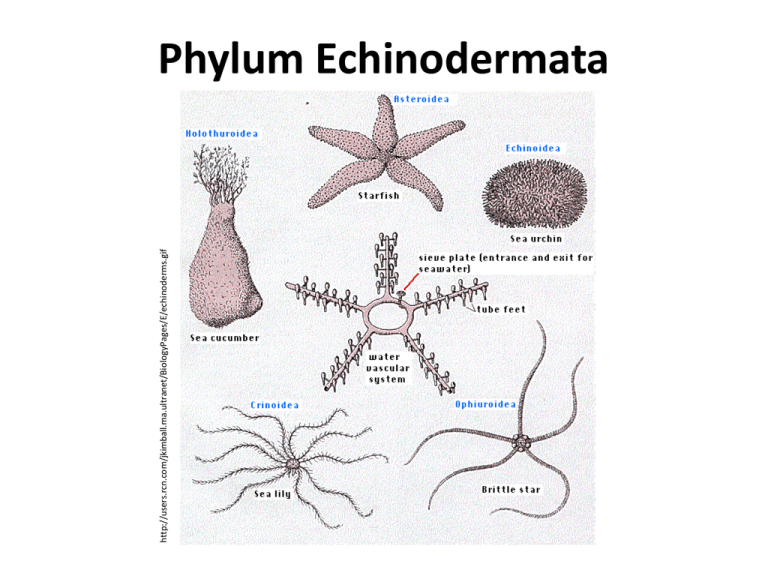
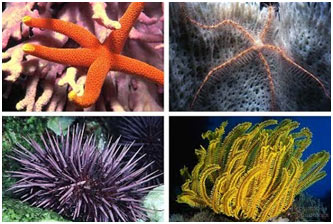





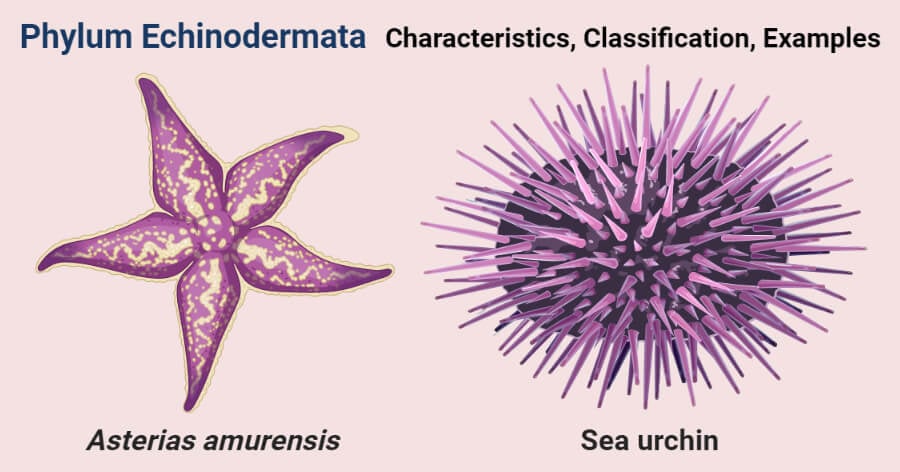

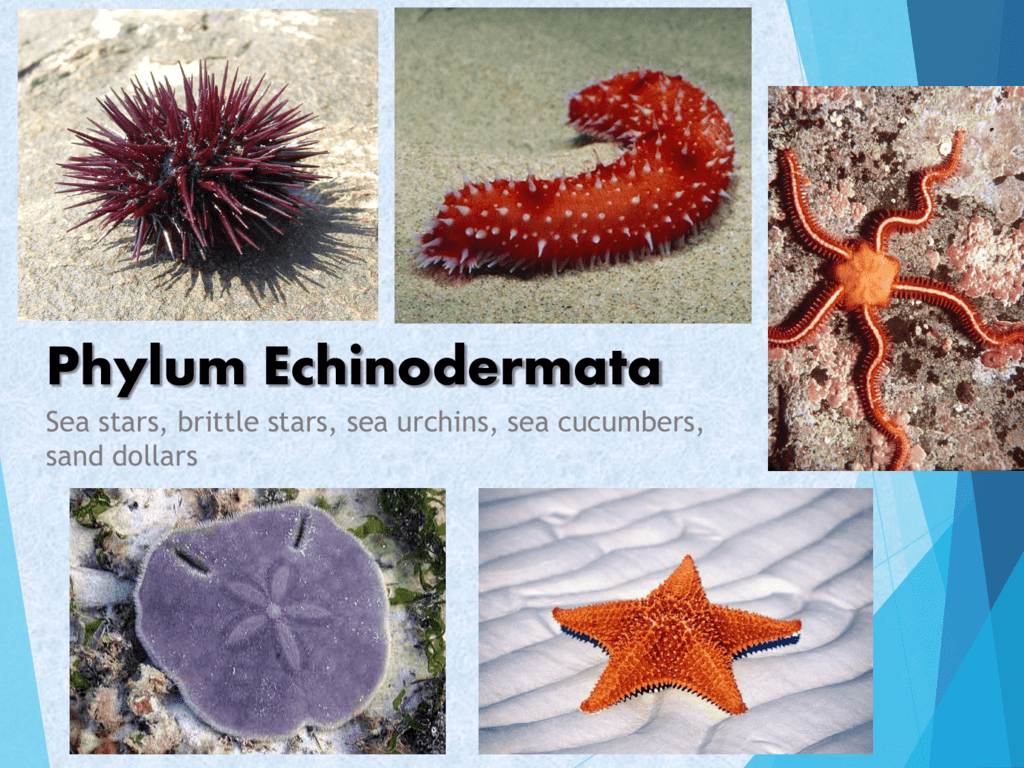

Post a Comment for "Phylum Echinodermata Nervous System"